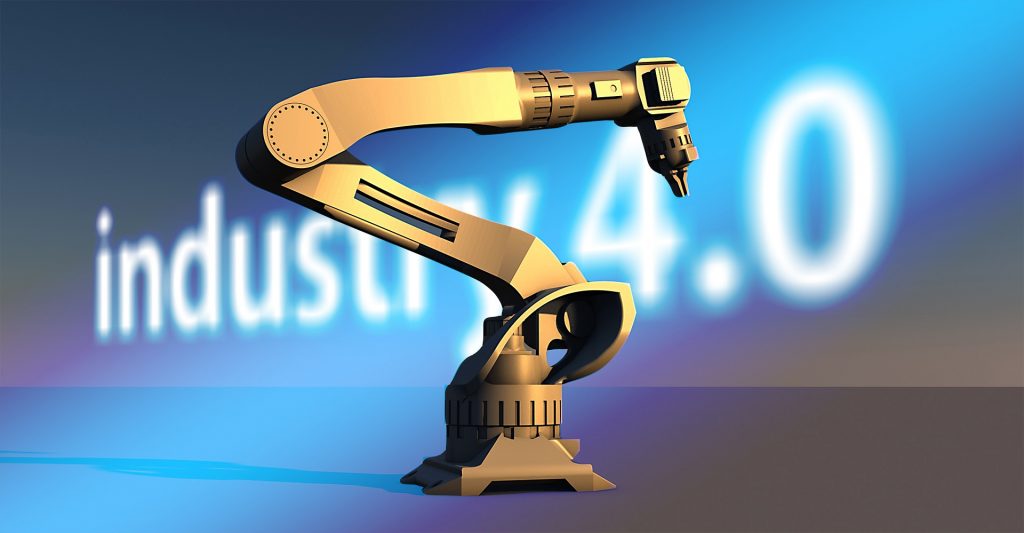This article is a guest post by Jane Marsh, Editor-in-chief of Environment.co. All views/opinions/suggestions are that of the guest writer. This Website may or may not subscribe to them.
The Internet of Things (IoT) marketed has expanded rapidly over the past two decades. As a result, there’s been a serious proliferation of the type of IoT devices available. Now, it’s not uncommon to see listings for items like smart refrigerators, lightbulbs and coffee makers.
At the same time, commercial use of IoT has also grown significantly — with organizations from hospitals to major manufacturers finding ways to adopt the technology.
While consumer and industrial IoT devices both connect to the internet, however, they can differ significantly in offered features and intended use.
What Modern Consumer IoT Setups Look Like
Consumer IoT devices have a broad range of functions, but they have a few common features that distinguish them from industrial devices.
Almost all consumer IoT technology is designed to be used in the home, typically by an end user with limited technical expertise.
User friendliness is often a key design concern. While advanced options exist for power users, familiarity with underlying technology isn’t necessary to use a device’s primary features.
Developers typically design consumer IoT devices to be used either alone or in conjunction with their other smart home devices — so that a user can adopt both an entire smart security system or just a smart lock as their budget allows.
Many of these devices also come with their own management platform — often a smartphone or desktop app — and may be designed for interoperability with a handful of other consumer IoT devices, most often smart home assistants like Google Nest and Amazon Alexa.
The American household has around 10 internet-connected devices on average. IoT enthusiasts may have more.
For example, a smart home owner that’s particularly interested in IoT technology may have a smartphone, several smart light bulbs, a smart doorbell, multiple smart security cameras and a piece of smart kitchenware — like an IoT kettle.
These devices may interface easily with a smart home assistant, allowing the homeowner to adjust lighting, review security camera footage and heat water with voice commands.
The homeowner may also have a hardware- or software-based smart home hub that allows for more fine-grain control and coordination of different devices. For example, they could use the platform to schedule music to play, their kitchen lights to turn on and their kettle to start heating water after their alarm goes off in the morning.
How Industrial IoT Is Different
One of the most significant differences between consumer and industrial IoT technology is scale. Even small-scale industrial IoT applications may have dozens of devices working in concert. Mid-size and larger operations could have hundreds.
Many of these IoT devices will be sensors that collect information on business processes, as well as the operational parameters of specific machines — like vibration, temperature, internal pressure. This data can be used to monitor machine health, and with the right analytics platform, even predict failure or unusual behavior.
Other devices will provide remote access to these machines, allowing off-site workers or a factory management platform to control them.
Industrial IoT sensors often extend existing factory telemetry, like a Manufacturing Execution System (MES) that coordinates manufacturing equipment, or a Supervisory control and data acquisition (SCADA) system, which are often used to monitor pipeline infrastructure, like valves and mains.
For example, a biopharmaceuticals manufacturer may rely on a fleet of IoT sensors to monitor water quality and purity. This system would automatically alert site operators when water quality parameters fall out of acceptable thresholds — ensuring that impure water isn’t used in the manufacturing process.
Another business may use a fleet of IoT devices spread out over a wide area to monitor a site — like a farmer that uses IoT smoke detectors to monitor for fires, or various weather sensors to help with forecasting.
Unlike consumer IoT devices, factory IoT devices rarely function on their own. Individual sensors and machines communicate frequently with each other and continuously send data to centralized platforms, enabling continuous monitoring and analysis of operational data.
Typically, these systems are also designed to scale up significantly from an initial project. Industrial IoT platforms can often coordinate hundreds or even thousands of IoT devices, unlike consumer IoT platforms which are typically designed to manage tens of devices at most.
There is some overlap between the consumer and industrial IoT markets. Many consumer IoT devices — like smart thermostats and smart HVAC systems — are also useful in enterprise settings. Devices that are useful in enterprise settings can also be useful in industry.
While both consumers and manufacturers can benefit from air quality monitors, however, manufacturers typically need dedicated industrial solutions that provide both interoperability with industrial IoT platforms and can scale up significantly.
The Diverging Consumer And Industrial IoT Markets
Consumer and industrial IoT devices have become increasingly common over the past few years — and both are on track to be even more popular in the future.
As the number of devices on the market grows, the differences between consumer and industrial IoT technology — in scale, interoperability and function — may become even more apparent.
About The Author
Jane Marsh works as the Founder and Editor-in-Chief of Environment.co. She covers topics on energy and green technology.
Image by Gerd Altmann from Pixabay

